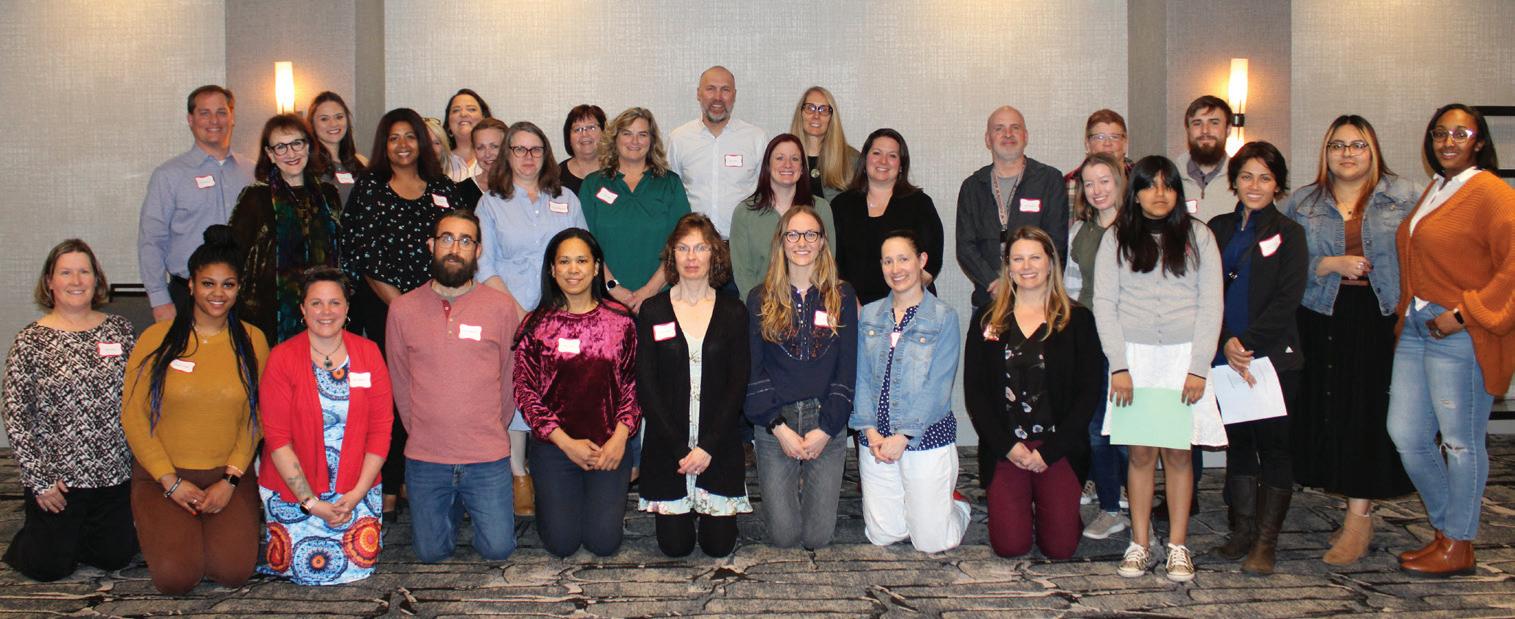
5 minute read
Bloomington public schools honors special education staff
By MSN News Service
On April 26, the Bloomington Public Schools held a ceremony to honor Special Education Community Advisory Council (SECAC) staff who were given the district’s Special Caring Award. More than 50 special education staff members were nominated and recognized by the district in an awards ceremony dinner.
The following district special education staff received the Special Caring Award: Kylene Dmochowski (Oak Grove Middle); Marie Endersbe (Oak Grove Middle); Ann Gunderson (Oak Grove Elementary); Allison Hedlund (Valley View Middle); Sheila Johnson Mindermann (Normandale Hills); Samantha Kaiser (Hillcrest); Tara Mitchell (Kennedy); Emily Ramirez Aguilar (Normandale Hills student);
Phillip Starr (Kennedy); April Walker (Pond Center); Quinn Walsh (Bloomington Salvation Army); Briana Weigel (districtwide).
In addition, Leticia Alvarez, a Kennedy High School special education staff member and daughter of Minnesota Spokesman-Recorder publisher Tracey Williams-Dillard, was nominated for the Special Caring Award.
beginning 4/30/2023 Metro
district’s Special Caring Award
We partnered with Twin Cities Habitat for Humanity on a legislative proposal to establish a First-Generation Homebuyers Down Payment Assistance Fund. If enacted, this initiative would help to move 5,000 renter households into homeownership and shift our racial homeownership gap from 5th worst in the nation to 11th worst, which is still nothing to be proud of. The bill’s prospects in the 2023 state legisla-
“Down Payment Assistance Best Practices for Program Administration,” in consultation with a working advisory group of city and county officials, lenders, Realtors® and housing nonprofits. These best practices would increase consumer access and improve outcomes by facilitating standardization and transparency. They also would help ensure such funding is accessible by increasing investment, improving targeting and enabling more successful purchase transactions. This work is ongoing.
And we submitted a successful joint proposal to Fannie Mae’s
“Sustainable Communities Innovation Challenge,” again with Twin Cities Habitat, to scale up a regional Special Purpose Credit Program (SPCP) for Black homebuyers. This program is one of the first in the country to utilize
SPCPs to focus on foundational Black households, or those who trace their lineage back to slavery in the U.S.
In the end, the difference between paying rent and paying a mortgage can be negligible in terms of dollars spent each month. The hurdles involved in the purchase process are what keep many from realizing their dream and achieving housing stability and wealth creation.
The Minnesota Homeownership Center is here to remind you that these hurdles can be overcome with nonbiased, oneon-one advisory services that are accessible and available to everyone, free of charge. Homeownership is possible. We can show you how.
For more information on the Minnesota Homeownership Center and its advisor and education services, go to www.HOCMN.org.
Get Growing this Spring


Seward Co-op has everything you need to foster growth this spring season. Whether you’re selecting soil to re-pot a dear plant, picking new seeds or starter plants for your garden, or choosing a houseplant to brighten up this Mother’s Day, we’re here to help you bloom.

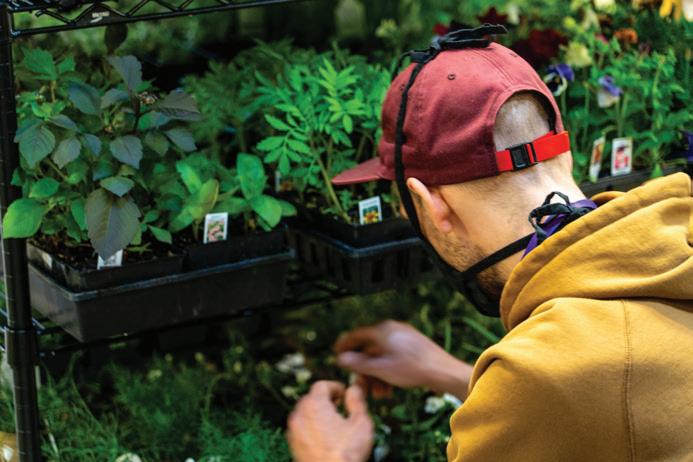
By Mosi Bennett, MD, PhD
Guest Contributor
A stroke occurs when part of the brain is injured because it doesn’t get enough blood or oxygen. There are two main types of stroke. An ischemic stroke is a type of stroke caused by a blockage in a blood vessel. The other type of stroke is called a hemorrhagic stroke caused by bleeding into the brain itself or the surrounding area from a leaking or ruptured blood vessel.
What are the symptoms of stroke?
A stroke can cause mild symptoms, or it can cause major disability such as the inability to walk or speak and can even be deadly. Some of the common symptoms are slurred or garbled speech, confusion, weakness or numbness in arms or legs, droopiness of the face, or problems with vision. It is important to act quickly and see a doctor or nurse if any of these symptoms occur.
The faster a stroke is treated, the less likely it is to cause a major or permanent disability.
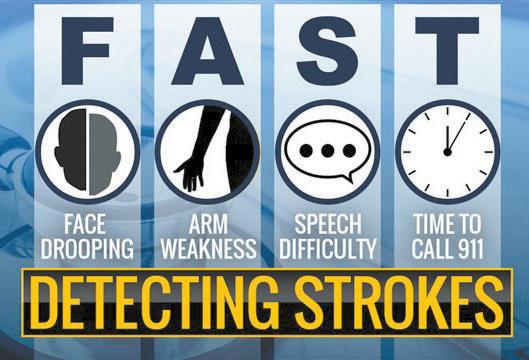
How common are strokes?
Stroke is a leading cause of death and a major cause of se- rious disability for adults. Every year, more than 800,000 Americans—100,000 of them African Americans—will have a stroke. Strokes can occur at any age, but the risk of stroke increases as you get older. disease, may also increase the risk of stroke. Stroke risk factors are more common in racial and ethnic minorities. damage from a stroke depends on the size and location of the affected area in the brain. Early treatment of a stroke can sometimes prevent the devastating consequences. in stroke awareness: Studies have shown that African Americans are less likely to recognize stroke risk factors, stroke symptoms, or the need for urgent treatment.
The disparity in stroke incidence is even more noticeable in younger people. The risk of a second stroke, as well as the impairment after a stroke, is also higher in African Americans. Additionally, younger African Americans are more than three times as likely to die from a stroke as White Americans. Lack of access to care to identify and treat stroke risk factors or symptoms also contributes to the high burden of stroke in African Americans.
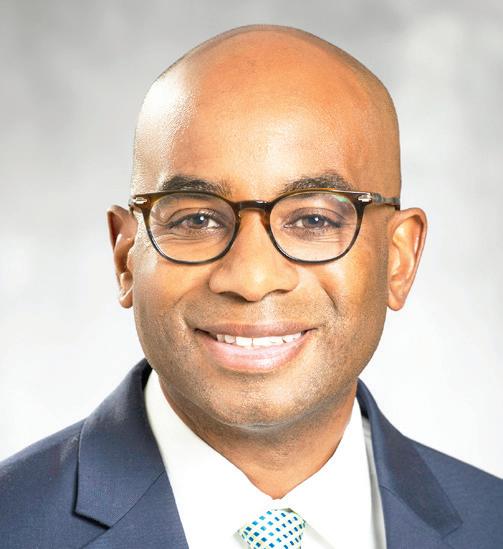
What are the risk factors for stroke?
More than 40 percent of African Americans have high blood pressure, which is the number-one risk factor for stroke. Strokes can also occur in people who have no risk factors.
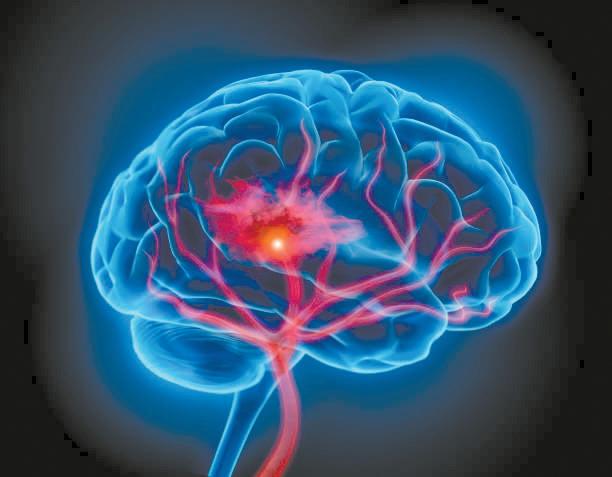
When a stroke is suspected, immediate medical attention is required. A doctor or nurse will order a head CT or brain MRI in order to get images of the affected area of the brain.
How is a stroke treated?
The treatment of a stroke depends on the type of stroke.
In the early hours after a stroke occurs, some types of strokes can be treated by medication or a procedure to remove a blockage in the affected blood vessel and restore the flow of blood and oxygen to the brain.
In the days and months after a stroke, the treatment may also include careful control of blood sugar, blood pressure and cholesterol, as well as specific medications to minimize the risk of blood clotting.
Stroke treatment may also involve a course of physical therapy and rehabilitation.
The long-term outcome of a stroke also depends on the type of stroke. Some people can recover completely, while others may have a long-term loss of function or disability.
There are things that each of us can do to reduce the risk of stroke. Some of the lifestyle changes include avoiding cigarettes, improving eating habits, being physically active, and maintaining a healthy weight. It is also important to get blood pressure and cholesterol checked regularly and under control.
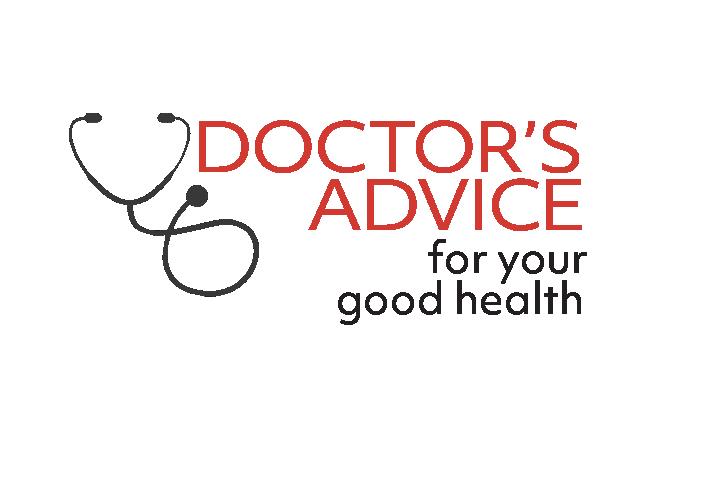
A healthy lifestyle plays a big part in reducing the risk of disability and death from stroke. If stroke symptoms do occur, act quickly and seek medical care. Rapid treatment may mean the difference between a mild stroke, a severe stroke, or even death.
Strokes are almost twice as common in African Americans as in their White counterparts.

Many of the conditions that increase the risk of heart disease, such as smoking, high blood pressure, diabetes, high cholesterol, lack of exercise, an unhealthy diet, obesity, and a family history of heart
How is a stroke identified and treated?
Stroke symptoms usually occur suddenly, but they can also develop over days. The
How do we prevent a stroke?
The most effective approach to reduce the risk of stroke is through education and prevention. There are known racial disparities
This column has previously appeared in Doctor’s Advice and is republished by popular demand. Mosi Bennett, MD, PhD, is a board-certified heart failure and transplant cardiologist with the Minneapolis Heart Institute at Abbott Northwestern Hospital. He completed his undergraduate work at the University of Pennsylvania. He went on to attend medical school and graduate school at the Johns Hopkins University School of Medicine in Baltimore, Maryland. He completed his Internal Medicine residency at Johns Hopkins Hospital, and then cardiovascular disease and heart failure fellowships at the Cleveland Clinic.










